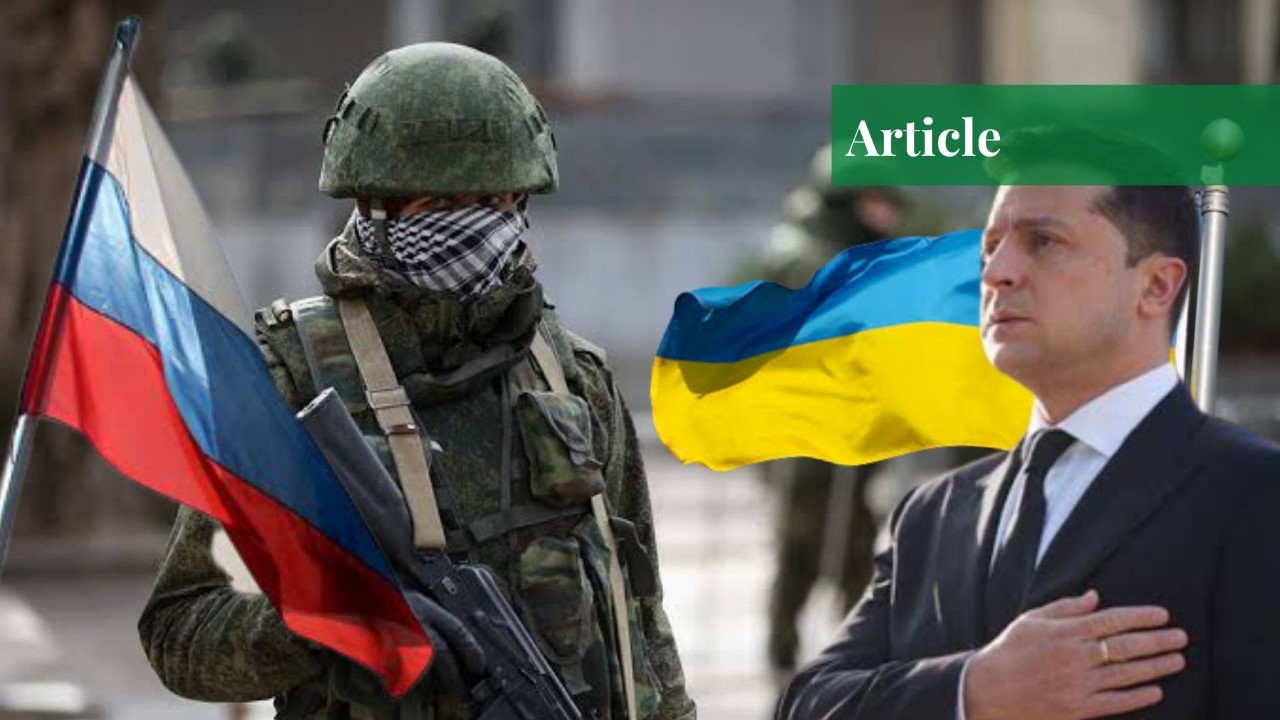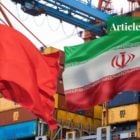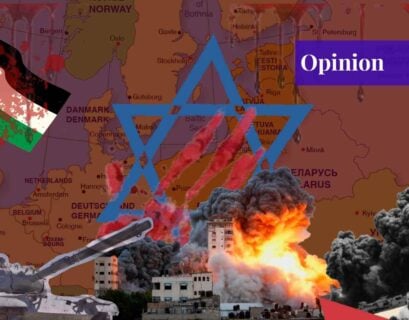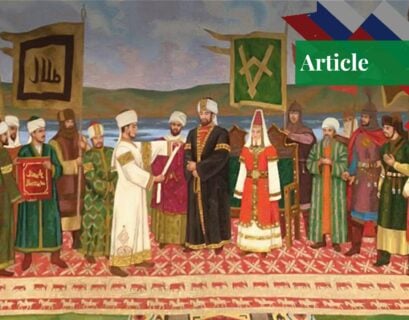Into the Past
President Vladimir Putin’s recognition of the two regions of Luhansk and Donetsk as independent quickly resulted in the Russian invasion of Ukraine on 24th February. To understand the crisis, it is necessary to keep in mind the events that have taken place in the last two decades. In the 2004 elections of Ukraine, pro-Russian leader Victor Yanukovych gained victory, but the results were challenged by his political rival Victor Yushchenko.
Later, the Supreme Court of Ukraine ordered for a revote and Yanukovych was defeated. Yushchenko was a West-leaning leader. In 2010, Yanukovych again won the presidency due to the split in rival camp. In 2011, Ukraine faced an economic crisis, but Yanukovych rejected the IMF loan, angering the Ukrainians. He was expecting loans on favorable terms from Moscow but when Russia turned its back, Yanukovych looked the toward West.
Yanukovych was just a signature away from committing to the EU in November 2013, but then two meetings happened that changed the whole situation. The first meeting was of the members of the Commonwealth of Independent States, and Russia used that platform to demonstrate its willingness to help Ukraine, while the second meeting was between Putin and Yanukovych.
Refusing the EU’s Offer
After these two meetings, Ukraine turned its back on the EU and accepted the Russian offer. This defeat of the West led to the “Maidan revolution” also known as the “Orange Crush”. People took to the streets to protest against the Ukrainian government’s decision, but western media outlets portrayed these protests as pro-democracy ones that protested against the tyrant.
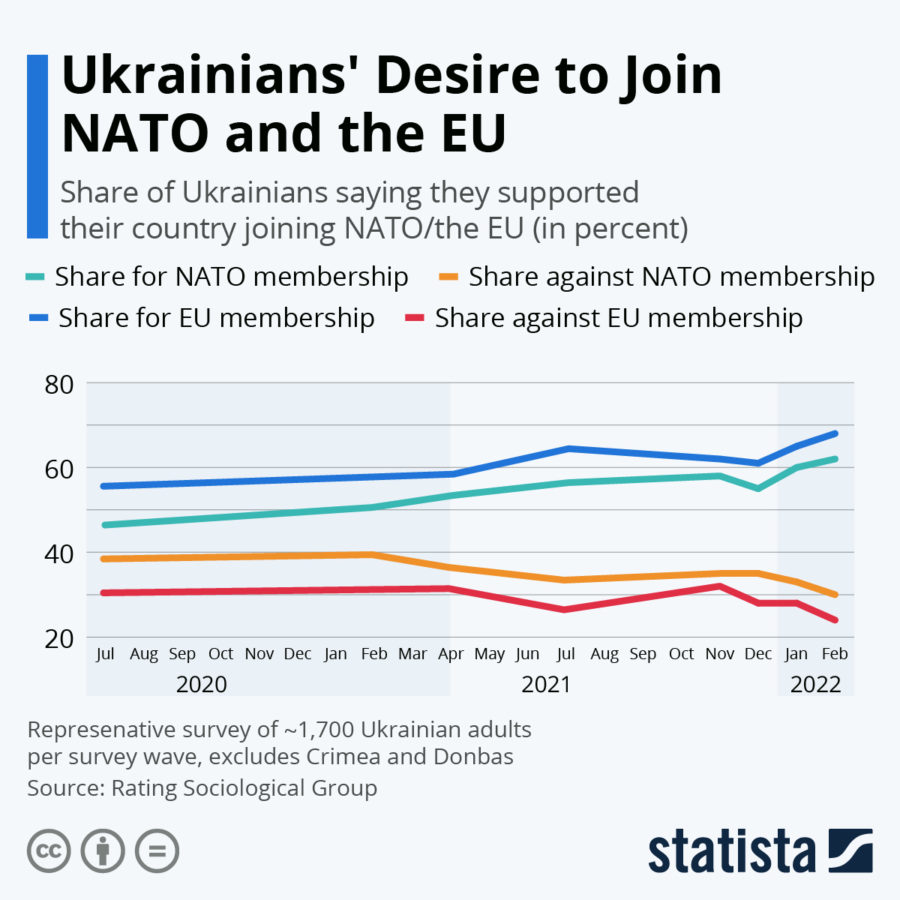
The US and other western states helped in ousting the democratically-elected President Yanukovych in Ukraine. This was confirmed by the statements of Victoria Nuland, the former US Assistant Secretary of State for European and Eurasian Affairs, in December 2013. She said “we have not only invested billions of dollars but also five years of work and preparation to help build democratic institutions in Ukraine.”
After the end of the pro-Russian government in Ukraine, Putin could not bear any threat to its naval base in Crimea, so after a plebiscite, Russia annexed Crimea in February 2014. After that, separatists in Donbas tried to follow the path of Crimea, but the state forces suppressed these separatist movements. France and Germany mediated between Ukraine and Russia and concluded Minsk 2 agreement which called for the peaceful settlement of issues in the Donbas region.
The Importance of Ukraine
Ukraine is important for Russia for a number of reasons. First, it acts as a corridor through which Russian gas is supplied to Europe. 40 percent of the European gas supply is provided by Russia, and most of it is passed through Ukraine. Russia has other alternatives as well such as the Nord stream II gas pipeline.
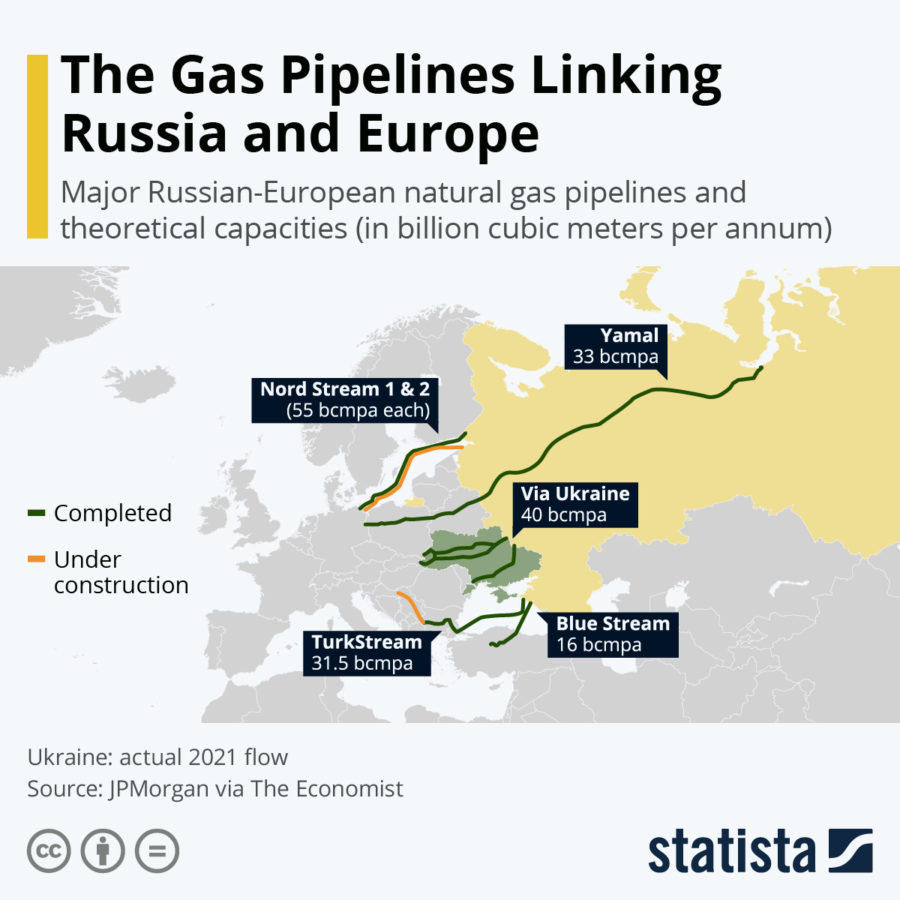
Second, Ukraine is home to more than 15 million ethnic Russians. Third, the port of Sevastopol is strategically important for Russia, as its Black Sea fleet is based there. The special topography of Ukraine makes it a buffer zone, and that’s why Putin does not want it to become the part of NATO.
The failure in Afghanistan caused serious doubts on the US’s credibility as the world leader. Protecting Ukraine from Russia can be a face-saving event for the US; it will also be able to protect the liberal world order from authoritarian forces that are trying to undermine it. There is, however, another important factor that is in play here: the maintenance of the dollar monopoly in world trade.
Dollarization at Risk
Russia and China are involved in de-dollarization. In 2015, 90 percent of the bilateral trade transactions between Beijing and Moscow were handled in dollars, but now it has decreased to 46 percent. Even major allies of US like India and Turkey are trading in their own currencies. The US wishes to provoke Russia and then pressurize it to accept the dollar dominance.
China supported Russia during the Crimean annexation in 2014 when West sanctioned Moscow. Even now, “China is with Russia when it comes to the expansion of NATO”. Another important gain for China in the Ukrainian crisis is to analyze the US response in case of Russian invasion of Ukraine and draw parallels to the Taiwan issue.
This recent invasion, in broader terms, is a blunder because it is evident from history that whenever the western alliance is about to weaken, Russia acts in way that again unites the West. After the Suez Canal crisis of 1956, the western alliance was weak because the US opposed France and the UK’s actions, but Russia invaded Hungary which again made the western alliance stand together.
If you want to submit your articles, research papers, and book reviews, please check the Submissions page.
The views and opinions expressed in this article/paper are the author’s own and do not necessarily reflect the editorial position of Paradigm Shift.
